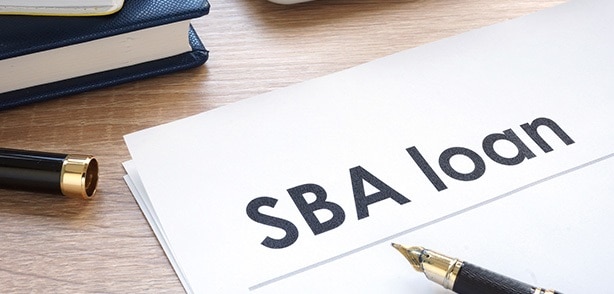February 09, 2022
SBA Microloans: What Are They and How Do You Qualify?
SBA Microloan Definition:
The SBA loans money to community-based non-profit, non-traditional lenders. These microloan intermediary lenders allow borrowers up to $50,000 in business funding. While the average microloan is about $13,000, remember that this is just one business financing program that the SBA offers. Because there are different microlenders, interest rates, and maximum loan amounts will vary. One rule of thumb, though, is that the maximum loan term is six years.How to Qualify for SBA Microloans:
When you’re preparing to present your business to a lender, being organized and honest will increase your chances of qualifying for a microloan. Compiling all necessary documents, creating an extra copy for your lender, and knowing answers to possible questions are all pivotal. Your business must have a solid theory and execution plan. In addition, profit-expense records are generally required so that the lender can ensure that you’re not spending more than you’ve earned. Your application must also show that you and your partners are qualified and prepared to run the business. Most importantly, though, you need to show that you can handle the loan’s repayment terms. As we mentioned above, SBA microlenders are mission-oriented, committed to the economic prosperity of their neighborhood and city, and required to provide business-based training and technical assistance. This gives you a huge advantage because you’re more likely to receive an SBA microloan just by being an established business. Once you receive the loan, you’re supported every step of the way with business improvement workshops.
What Are the SBA Microloan Eligibility Requirements?
Obviously, you’ll need to fully complete the SBA Microloan application. In addition, you should know your business’s and personal credit score. If your credit is low, you’ll have a tough time getting a loan from most lenders, no matter the type of small business loan. If your credit report has pending or conflicting items, have proof of this, including emails, receipts, and notices. Personal credit history will come up with banks, micro-lenders, and P2P lenders. If you own 20 percent or more of the company, great personal credit can help secure a loan. Bring three years of personal income tax reports with you. An easy-to-understand business plan is crucial to your success in the application process. It should state what your business is, what you need the loan for, and what will make you successful. You’ll also need to bring copies of financial reports going back at least three years. If you own a start-up, bring your most recent balance sheet and any other supporting documentation. A new business will especially need cohesive and realistic financial projections. This will help the microlender figure out if you’re going to be a low-risk business or a potentially high risk. Lastly, most lenders require a personal guarantee from a business owner. By requiring this, they can further ensure that you’re serious about securing a loan and confident in your ability to responsibly pay it back on-time.
How Can I Spend My SBA Microloan?
After you receive the SBA microloan, ensure that you make on-time payments to your lender. There are many ways to use the cash influx from your SBA microloan. For instance, it can be used for expenses such as:- Working capital
- Inventory
- Furniture
- Supplies
- Machinery
- Equipment
What Are the Other SBA Loan Options?
The main SBA loans are the 7(a) program and the CDC/504 plan. The 7(a) program is most commonly used by start-ups and small businesses. You can use it to purchase real estate and refinance debt. There are several options within the 7(a) program:- Express
- Export Loan
- Rural Lender Advantage
- Special Purpose Loans